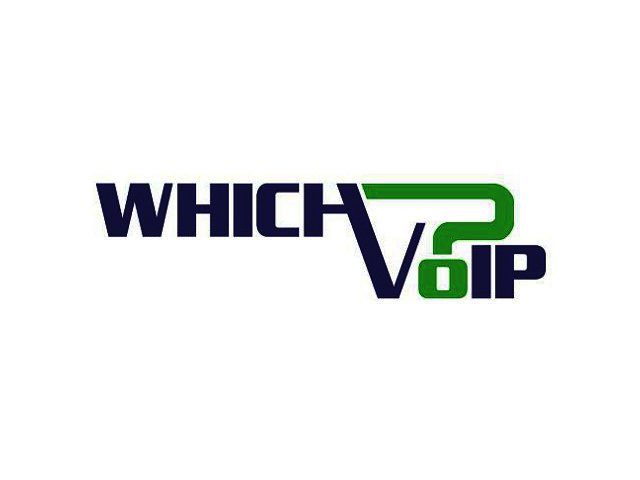Moving your business phone service to Voice over Internet Protocol (VoIP) offers a number of potential advantages over traditional models of telephony. Finding a real financial value in VoIP, however, may involve dealing with some fairly complicated issues at the intersection of business, money, and technology.
Many different factors affect the financial outcomes of a migration to VoIP, but the core question is, “How many calls of a given quality does my business need to make at any point during the day?” Knowing the answer – and it’s not always the easiest question to figure out – will give you the ability to assess your potential for savings in VoIP.
First, consider that voice calls traveling through your corporate data network (as opposed to going through dedicated, proprietary phone systems) is a bit like blood circulating through your body. Data packets containing bits and pieces of voice conversations, move across your network like red blood cells in your veins. As long as the blood vessels are big enough to meet the volume of blood flowing, you’ll be fine. If you have too much volume and not enough space in the vessels, you’ll get high blood pressure or worse.
The cost of your VoIP solution, inclusive of network bandwidth, will be determined by the relationship between the network capacity and the volume of the voice data packets traveling through it. Basically, the more calls you need to make simultaneously, and the higher the sound quality of those calls, the more network capacity you will need for VoIP. And, of course, the bigger the network capacity, the more it will cost.
Most VoIP solution providers use a test process to determine the call quality that you want in your business. It’s called the Mean Opinion Score (MOS) test. In a MOS test, you rate call quality on a scale of 1-5, with 5 being excellent quality and a 1 representing the kind of call quality you get when you climb to the top of K2 and dial Nigeria on a 1994 model cell phone. Call quality is based on a number of different technical aspects of your network and VoIP solution, but the “Codec” – the software algorithm that transposes your voice into digital data - is critical. Simply, the higher the sound quality produced by the codec, the more bandwidth it will use. For example, the G.711 codec, which might produce a call of 4.0 MOS quality, might use 80 kilobits per second (Kbps) on the network. In contrast, a G.729 codec, which produces a call with a 3.0 MOS quality, might use just 25 Kbps.
What does this mean to us in terms of costs? Think of it like this: If you knew that your business had a peak call volume of 100 simultaneous conversations, you would need at least 8,000 Kbps of network bandwidth to handle your call data packet traffic using the G.711 codec. That’s 100 calls X 80 Kbps. If you used the G.729 codec, you could make do with 2500 Kbps. The difference in cost for the higher bandwidth could be significant. Yet, it might be completely justified. If your business sells high-ticket products to demanding customers, you might want to pay extra for that higher MOS quality.
The network hardware also has to match your call volume/quality parameters for the complete VoIP solution to work as envisioned. In some cases, outsourcing certain components, such as with a cloud-based PBX, might be a cost-effective way to go. Then, there’s growth and planned overage capacity. Few business phone systems are static. They tend to grow, especially if the business is adding “Unified Communication” features, such as built-in digital faxes and real-time chat, and so forth. There should be some overhead to grow, in terms of bandwidth. In addition, it makes sense to have headroom for bursts in volume. You might have a day where your company is doing 120 calls at a time. It would be great if call quality didn’t suffer because of a spike in activity. You can’t plan for every contingency, but having some breathing room usually makes good business sense.
VoIP capacity planning is simple to understand but tricky to do right. A knowledgeable VoIP advisor can help you determine a financially optimal path to enjoying the business benefits of VoIP on your terms.





